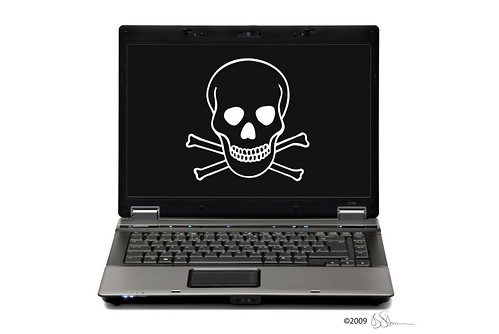 How to Avoid Malware on Facebook and Twitter: 8 Best Practices: "Thanks to the popularity of social networking sites like Facebook and Twitter, it's a given that malicious hackers will devise ways to exploit the sites' numerous users in order to infect their computers with malware. This unwanted software is designed to do a number of terrible things ranging from identity theft to turning computer into remote-controllable 'zombie' machines.
How to Avoid Malware on Facebook and Twitter: 8 Best Practices: "Thanks to the popularity of social networking sites like Facebook and Twitter, it's a given that malicious hackers will devise ways to exploit the sites' numerous users in order to infect their computers with malware. This unwanted software is designed to do a number of terrible things ranging from identity theft to turning computer into remote-controllable 'zombie' machines.Without sufficient anti-virus and malware protection programs installed, social networking users can easily become victims to these ever-evolving attacks. However, the best way to avoid becoming a victim yourself is to be aware of what's out there and what sorts of things you should avoid. Below are the best practices which you should use on Facebook and Twitter in order to keep yourself safe.
One of the most common vectors for attacks are malicious links posted either to Twitter or to your Facebook wall. In the past, such as with the malware known as Kooface, the troublesome links could be easily identified because they would often use a consistent phrase followed by a URL. For example, in August, Koobface was posting links that read 'my home video :)' which was followed by a URL and then a random component on the end such as 'HA-HA-HA!!', 'W.O.W.', 'WOW', 'L.O.L.', 'LOL', ';)' or 'OMFG!!!'
Although the end piece changed from tweet to tweet, the message itself remained the same. However, security researcher Costin Raiu of Kaspersky Lab tells us that easy-to-identify messages are not as common anymore. Today, it's much harder to identify malicious links thanks to two newer techniques being used by hackers. Below those two newer methods are described in more detail as is the tried-and-true method of spreading malware via email.
- Sent using Google Toolbar"
No comments:
Post a Comment